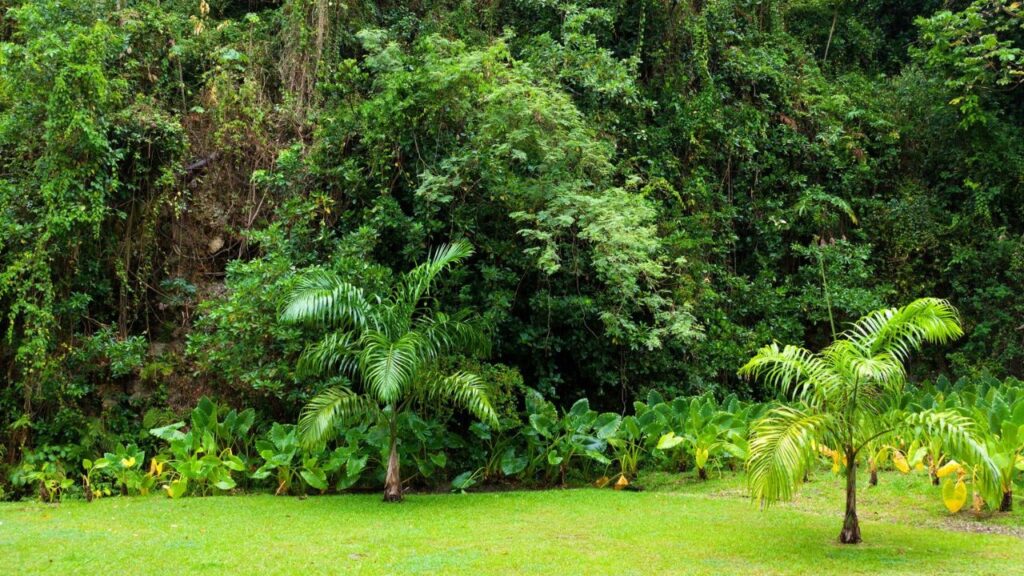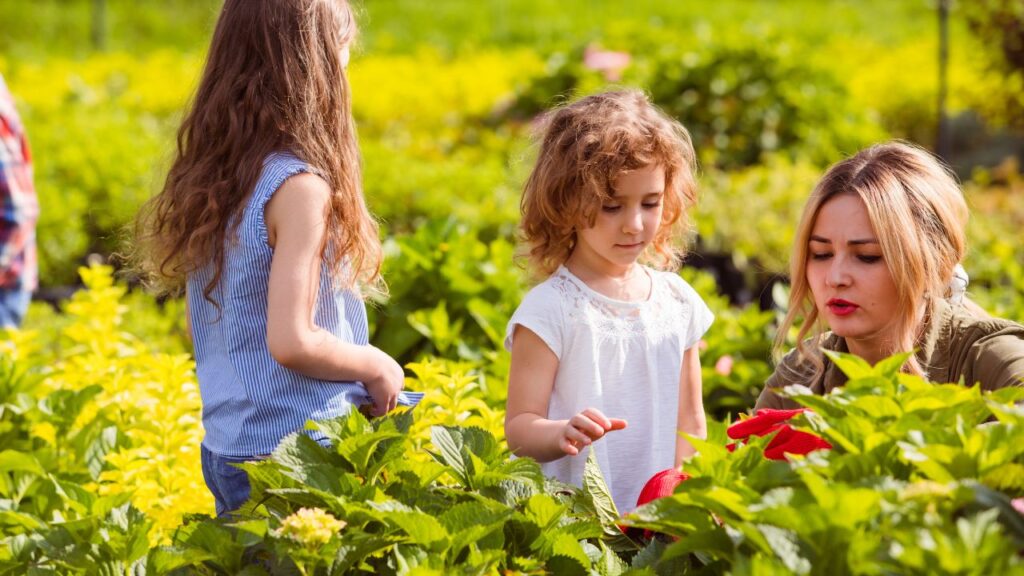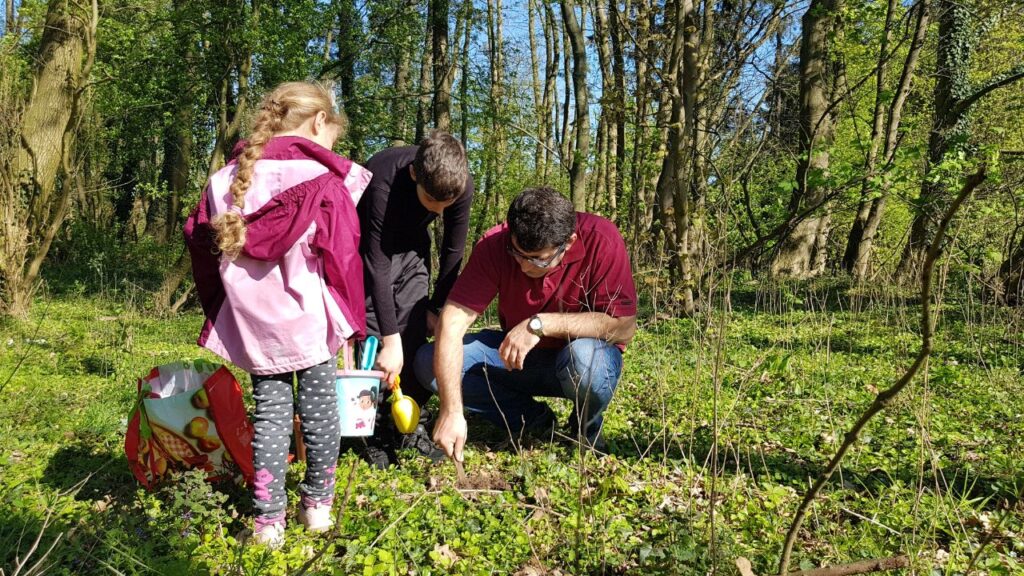Embark on a journey of discovery as you delve into the intricate world of trees and plants. Organizing a Tree and Plant Identification Walk is not just about learning names; it’s about unlocking the fascinating stories and ecological roles of each species. In this guide, we’ll unveil 11 essential tips to help you plan and execute a successful and enriching Tree and Plant Identification Walk.
1. Choose a Diverse Location
Start by selecting a location with a diverse range of trees and plants. Opt for parks, botanical gardens, or nature reserves that showcase a variety of species, including native and exotic plants.

2. Research Local Flora
Conduct thorough research on the local flora before the walk. Identify key tree and plant species that participants are likely to encounter, including their common names, scientific names, and distinctive features.
3. Create an Itinerary
Develop a detailed itinerary outlining the route of the identification walk. Include specific stops or points of interest where participants can observe and learn about different tree and plant species.
4. Gather Field Guides and Resources
Provide participants with field guides, plant identification apps, or printed materials to aid in species identification. Encourage them to observe leaf shapes, bark textures, flower characteristics, and other identifying features.
5. Invite Knowledgeable Guides
Enlist the expertise of knowledgeable guides or botanists who can lead the identification walk and provide insightful information about the trees and plants. Their expertise enhances the educational value of the experience.

6. Educate on Ethical Plant Collection
Educate participants on ethical plant collection practices, emphasizing the importance of leaving natural habitats undisturbed. Discourage the collection of plant specimens unless permitted and focus on observation and documentation instead.
7. Promote Hands-On Learning
Encourage hands-on learning by allowing participants to touch, smell, and examine different plant parts. Provide magnifying glasses or hand lenses for close-up observation of plant details.
8. Highlight Ecological Connections
Emphasize the ecological connections between trees, plants, wildlife, and the environment. Discuss topics such as pollination, seed dispersal, symbiotic relationships, and the role of plants in ecosystem health.

9. Engage Participants with Activities
Incorporate interactive activities such as leaf rubbing, seed collecting, or tree bark rubbings to engage participants and reinforce learning. These activities make the identification walk more engaging and memorable.
10. Encourage Observation Skills
Encourage participants to sharpen their observation skills by looking for subtle differences between similar plant species. Teach them how to use field guides and identification keys effectively.
11. Facilitate Post-Walk Reflection
Conclude the identification walk with a group discussion or reflection session. Allow participants to share their discoveries, ask questions, and reflect on the importance of tree and plant diversity in our lives.
Conclusion:
Organizing a Tree and Plant Identification Walk is a rewarding experience that fosters a deeper connection with nature and promotes environmental awareness. By following these 11 essential tips, you can create a memorable and educational event that inspires curiosity, appreciation, and stewardship of our natural world. Let the wonders of trees and plants unfold before you as you embark on this enlightening journey of discovery.











